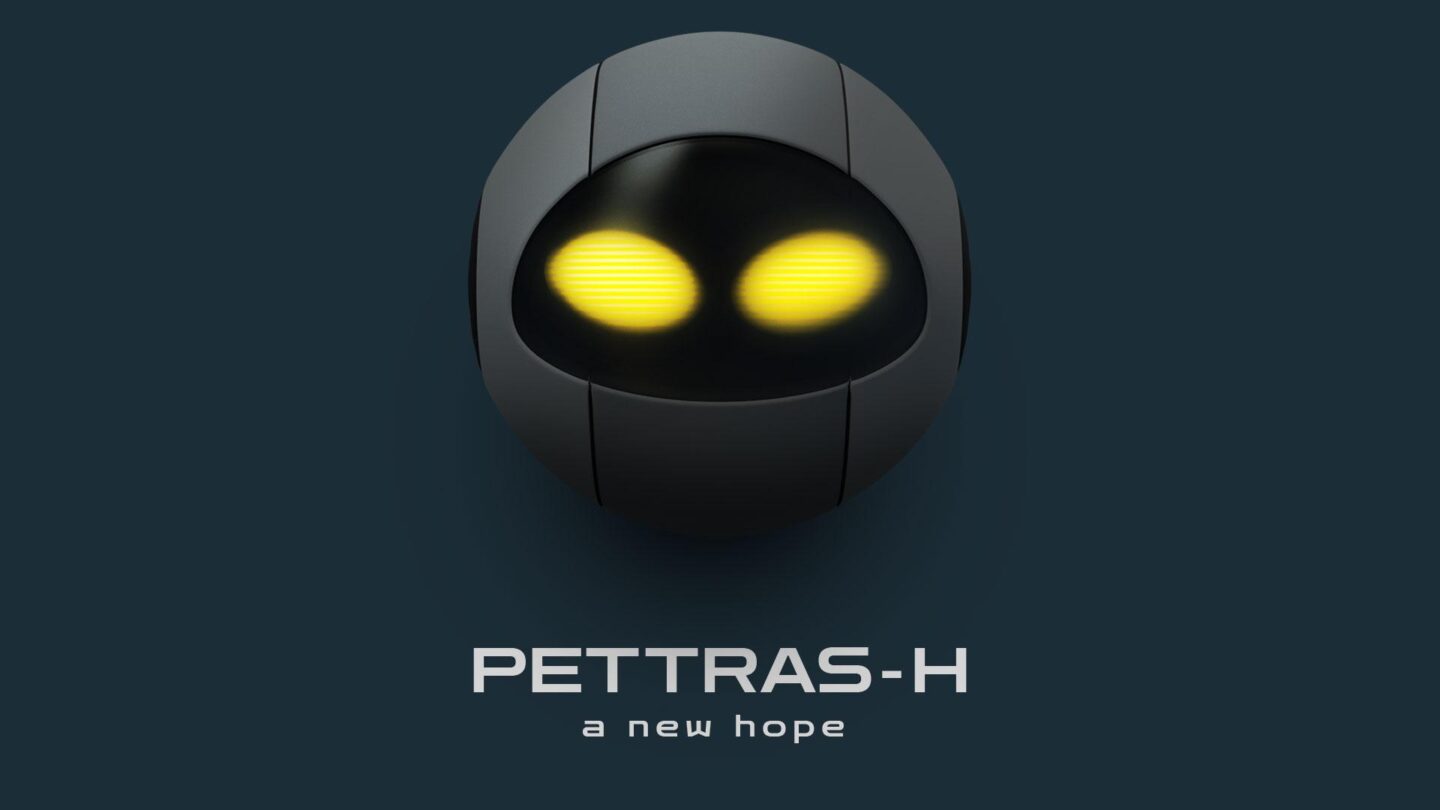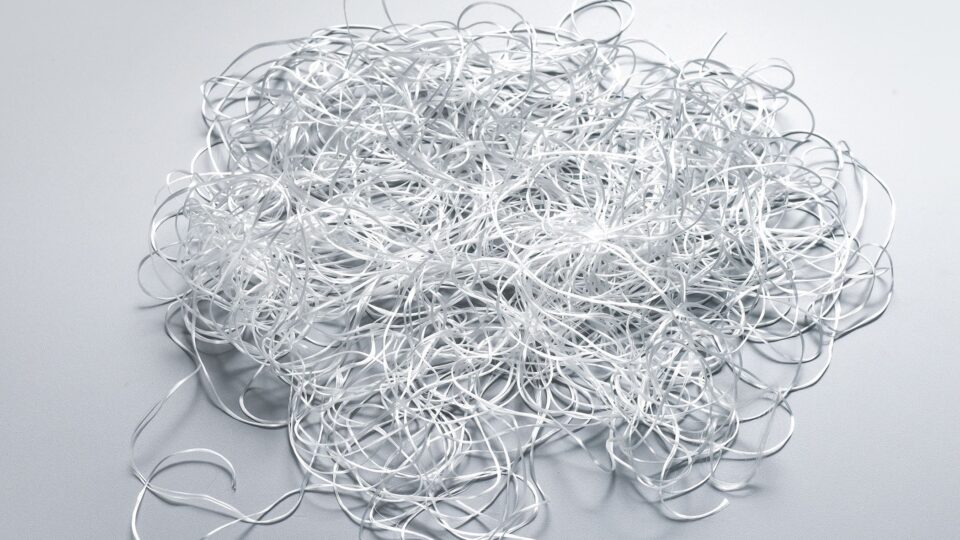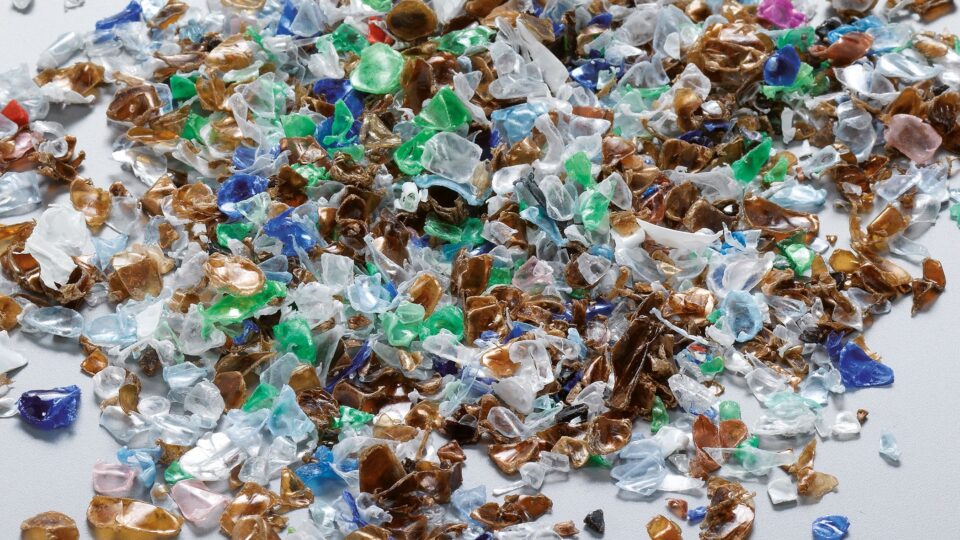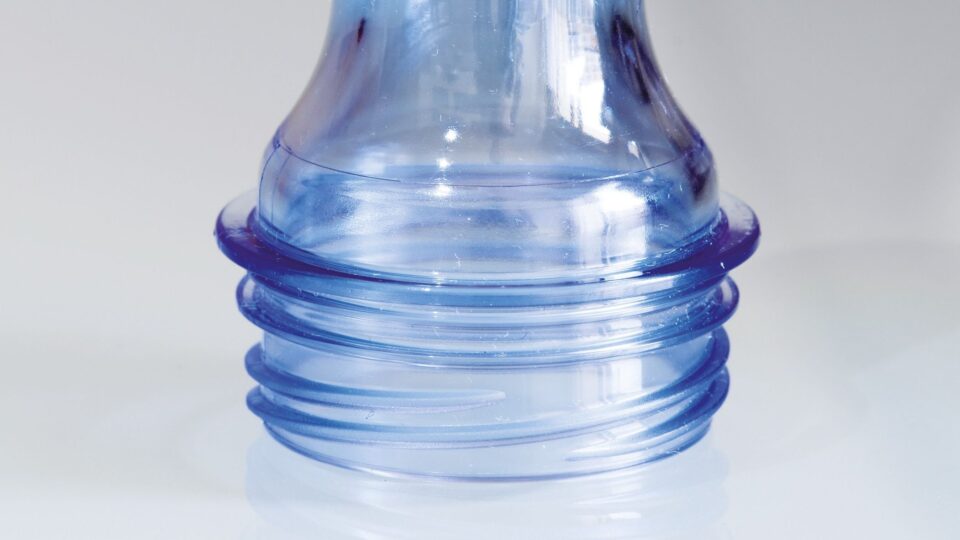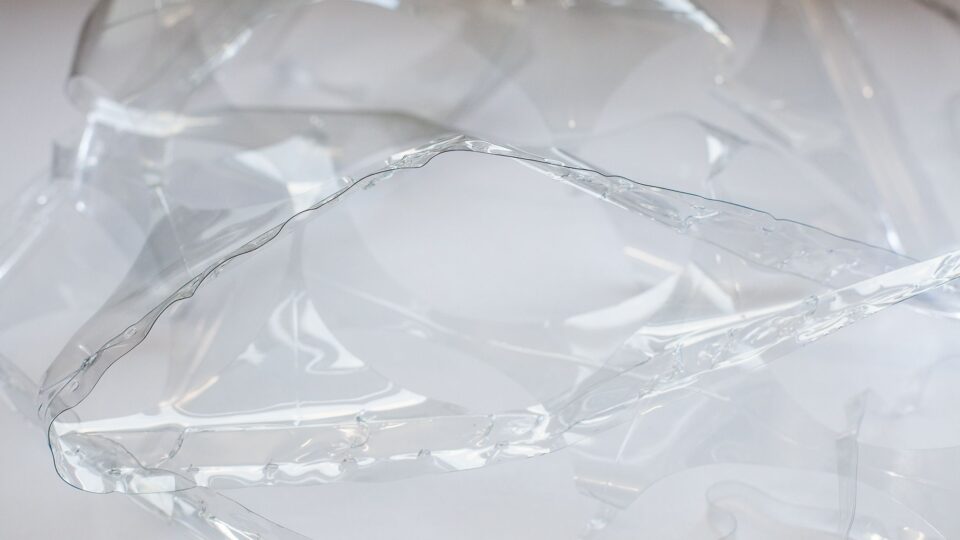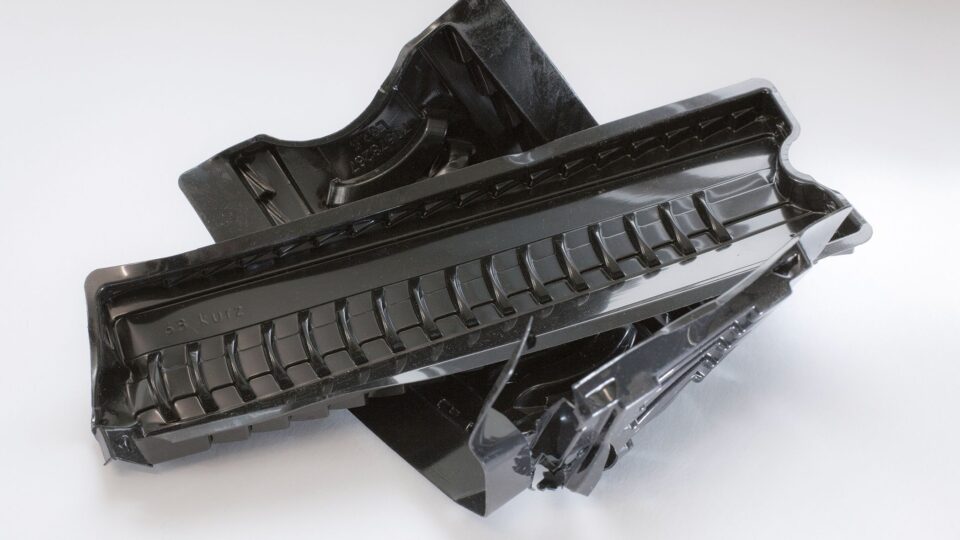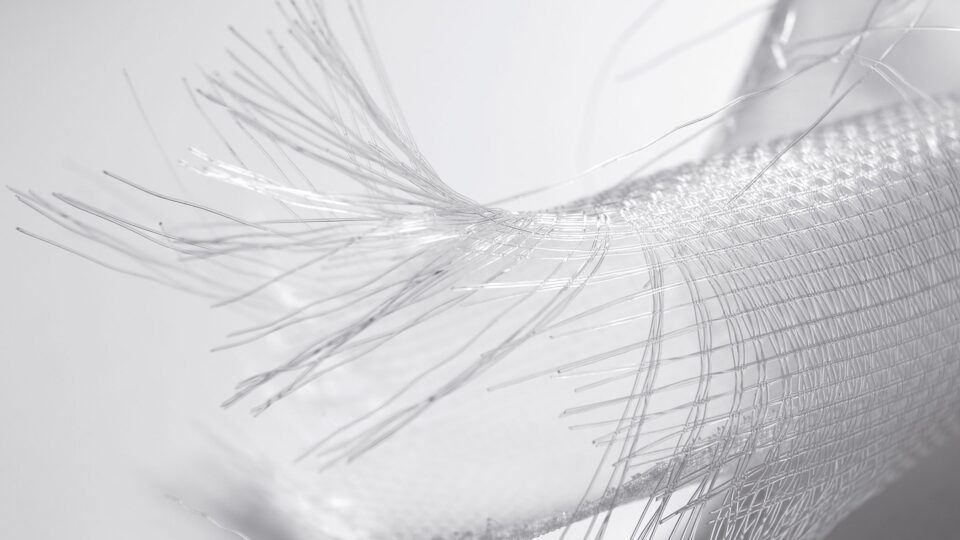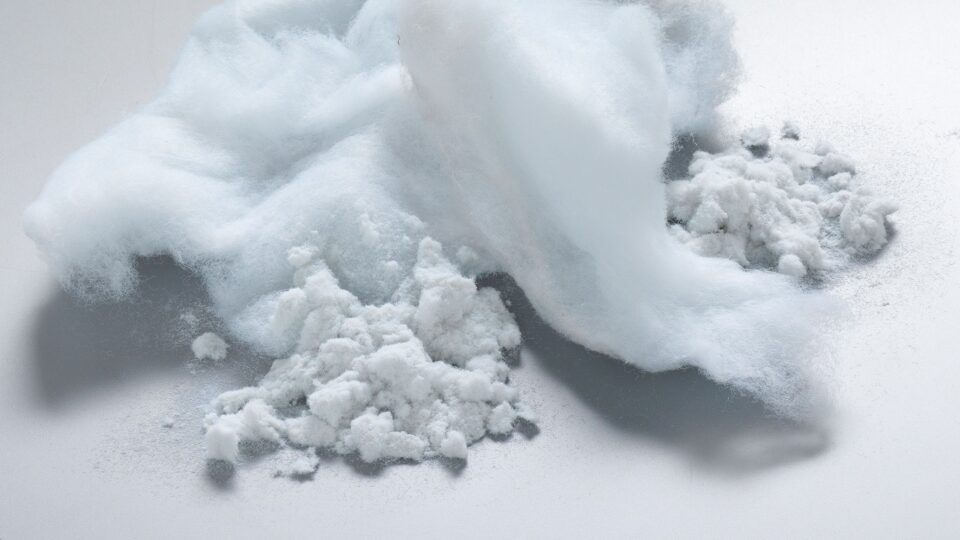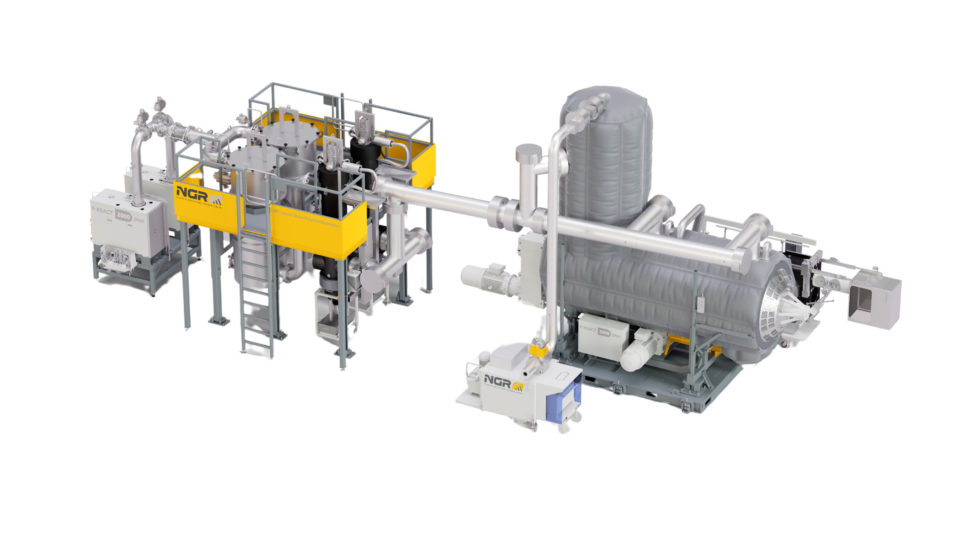PET Improvement (PET)
PET materials such as empty bottles, films or textile fibers represent a valuable raw material. Thanks to NGR technology, food-safe and material-friendly processing, PET is recycled and can be further processed to the highest standards.
Benefits of LSP technology
Processes wide range of material thicknesses
Before the decontamination step, the material is melted. The cleaning (decontamination) takes place during the liquid phase of the material. This process is unique. In conventional processes, decontamination occurs in the solid phase of the material (no melting). This process not only takes much longer, but when you process different material thicknesses with conventional methods, you can only achieve uniform decontamination of the material by increasing the residence time.
Easily handles contamination, e.g. With PET-G or polyolefins
Previously difficult to process composites from PET/PET-G (e.g. sleeves) or PET/PE (e.g. sealing layers) can also be recycled with LSP. Due to low glass transition temperature, these materials form lumps in the conventional process. The formation of lumps prevents uniform decontamination. For this reason, PET-G has previously been considered a problem in recycling. In the LSP process, PET-G is easily melted and decontaminated.
PET with up to 15% polyolefin content (usually PE) is also easily melted. The PE is distributed consistently in the final product. Afterwards the resulting PET/PE compound is milky and not transparent, but there are sensible application options and the material can be colored as desired.
Controlled iV structure with consistent iV value in the end product
During decontamination, molecular chains are formed by removal of ethylene glycol PET, a process in which the IV value of the raw material can be monitored and controlled as desired. Different input materials with different IV values are melted and decontaminated in the decontamination stage and then homogenized. In the end, consistent iV values are achieved in the final product, which means consistent mechanical properties. In addition, the reaction rate in the PET melt phase is significantly higher than in conventional processes, which significantly reduces the residence time required for accurate iV control in LSP (approx. 1 minute vs. 1 hour).
For effective decontamination, molecules must be able to reach the material surface. Two features are key to the fast reaction with LSP: Material is liquid, which means the molecules are more active and a large material surface is formed (filaments up to 8m² per kg of material).
The material is cleaned for food suitability and molecular chains form during the PET liquid phase. That is, the raw material is first melted and then filtered. The LSP process is therefore resistant to dust. Dirt from bottle flakes is filtered. Smaller flakes or PET dust is melted down. In existing processes, this dust can cause problems.
High system uptime. Direct transfer to downstream production. Conserves energy
LSP enables a continuous material flow. Due to a constant flow of melt discharge, this provides major process stability, which has a positive effect on production processes directly downstream. If the material that has passed through the LSP reactor is not pelletized, the LSP process, for example, can be integrated directly into a film or fiber production. This eliminates the need for re-melting between PET preparation and PET processing. That means energy savings and a better carbon footprint.
In contrast, the melt discharge occurs in most conventional processes by means of extruder. Extruders always have variations in material throughput, which is not the case with LSP and thus has a positive effect on process stability. In addition, the decontamination stage is a kind of buffer. If there is a short-term problem in the process that stops the material feed for a few minutes, the buffer is sufficient without interrupting production (less downtime).
Another advantage compared to conventional processes is the ability to quickly change the material color. The system does not need to be turned off and cleaned, which could take up to 24 hours. With LSP, the color is changed in the running process: you produce 2-3 hours of rejects as the new color is adjusted. Downtime and staff deployment are thus reduced significantly.

